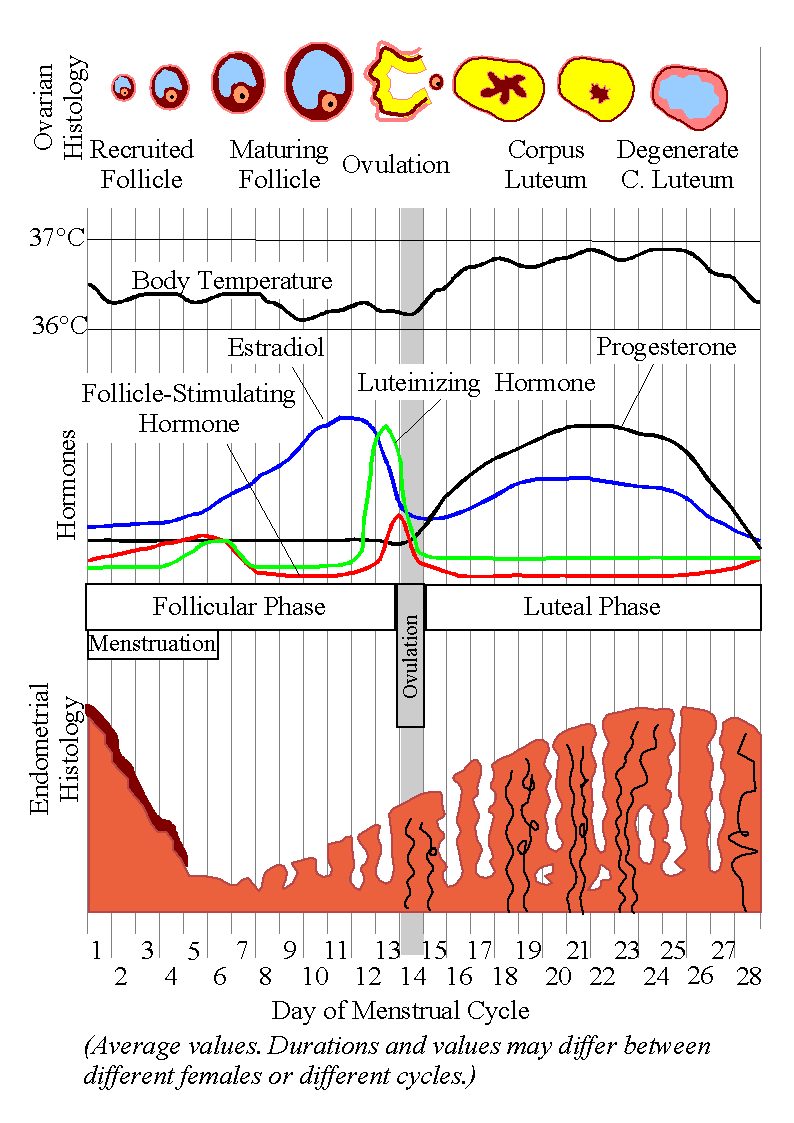Follicular phase

|
WikiDoc Resources for Follicular phase |
|
Articles |
|---|
|
Most recent articles on Follicular phase Most cited articles on Follicular phase |
|
Media |
|
Powerpoint slides on Follicular phase |
|
Evidence Based Medicine |
|
Clinical Trials |
|
Ongoing Trials on Follicular phase at Clinical Trials.gov Trial results on Follicular phase Clinical Trials on Follicular phase at Google
|
|
Guidelines / Policies / Govt |
|
US National Guidelines Clearinghouse on Follicular phase NICE Guidance on Follicular phase
|
|
Books |
|
News |
|
Commentary |
|
Definitions |
|
Patient Resources / Community |
|
Patient resources on Follicular phase Discussion groups on Follicular phase Patient Handouts on Follicular phase Directions to Hospitals Treating Follicular phase Risk calculators and risk factors for Follicular phase
|
|
Healthcare Provider Resources |
|
Causes & Risk Factors for Follicular phase |
|
Continuing Medical Education (CME) |
|
International |
|
|
|
Business |
|
Experimental / Informatics |
Editor-In-Chief: C. Michael Gibson, M.S., M.D. [1] Phone:617-632-7753
The follicular phase (or proliferative phase) is the phase of the estrous cycle, (or, in humans and great apes, the menstrual cycle) during which follicles in the ovary mature. It ends with ovulation. The main hormone controlling this stage is estradiol.[1]
Hormonal events
Follicle recruitment
Follicle-stimulating hormone (FSH) is secreted by the anterior pituitary gland. FSH secretion begins to rise in the last few days of the previous menstrual cycle,[2] and is highest and most important during the first week of the follicular phase.[3] The rise in FSH levels recruits five to seven tertiary-stage ovarian follicles (this stage follicle is also known as a Graffian follicle or antral follicle) for entry into the menstrual cycle. These follicles, that have been growing for the better part of a year in a process known as folliculogenesis, compete with each other for dominance.
FSH induces the proliferation of granulosa cells in the developing follicles, and the expression of luteinizing hormone (LH) receptors on these granulosa cells. Under the influence of FSH, aromatase and p450 enzymes are activated, causing the granulosa cells to begin to secrete estrogen. This increased level of estrogen stimulates production of gonadotropin-releasing hormone (GnRH), which increases production of LH.[2][3] LH induces androgen synthesis by thecal cells, stimulates proliferation, differentiation, and secretion of follicular thecal cells and increases LH receptor expression on granulosa cells.[3]
Estrogen surge
Two or three days after LH levels begin to increase, one (or occasionally two) of the recruited follicles has emerged as dominant. Many endocrinologists believe that the estrogen secretion of the dominant follicle has increased to a level that GnRH production is suppressed, which lowers the levels of LH and FSH. This slowdown in LH and FSH production leads to the atresia (death) of most of the recruited follicles, though the dominant follicle continues to mature. Estrogen levels will continue to increase for several days (on average, six days, but this varies widely).[2]
These high estrogen levels initiate the formation of a new layer of endometrium in the uterus, histologically identified as the proliferative endometrium. Crypts in the cervix are also stimulated to produce fertile cervical mucus.[2] This mucus reduces the acidity of the vagina, creating a more hospitable environment for sperm.[4] It also has a characteristic texture that helps guide sperm through the cervix[5] and to the fallopian tubes, where they wait for ovulation.[6] In addition, basal body temperature may lower slightly under the influence of high estrogen levels.[7]
LH surge and ovulation
Estrogen levels are highest right before the LH surge begins. The short-term drop in steroid hormones between the beginning of the LH surge and the event of ovulation may cause mid-cycle spotting or bleeding.[8] The preovulatory LH surge starts the first meiotic division in oocytes and initiates luteinization of thecal and granulosa cells.[3] Ovulation normally occurs 30 (± 2) hours after the beginning of the LH surge (when LH is first detectable in urine).[9]
Follicular waves
The time from recruitment of tertiary stage follicles to ovulation is normally about two weeks, comprising days 1-14 of an idealized 28-day menstrual cycle. However, it is common for the follicular phase to last much longer, as sometimes no dominant follicle is selected. In this case, normally more tertiary stage follicles are recruited and the process begins again. One study of women with regular menstrual cycles found that none of them ovulated after the first wave of follicle development: 68% of cycles showed ovulation after the second wave, while 32% of cycles showed ovulation after the third wave.[10] Fertility awareness sources may refer to multiple waves of follicular development as a split peak because of the characteristic pattern of cervical mucus changes that is sometimes observed.[11]
References
- ↑ Template:Cite paper
- ↑ 2.0 2.1 2.2 2.3 Weschler, Toni (2002). Taking Charge of Your Fertility (Revised Edition ed.). New York: HarperCollins. pp. pp.359–361. ISBN 0-06-093764-5.
- ↑ 3.0 3.1 3.2 3.3 Dee Unglaub Silverthorn (2004). Human physiology: an integrated approach (Third edition ed.). San Francisco: Pearson/Benjamin Cummings. pp. Chapter 26: Reproduction and Development, and Chapter 23 Endocrine control of growth and metabolism. ISBN 0-13-102015-3.
- ↑ Weschler (2002), p.57
- ↑ Weschler (2002), illustrations p.59 and p.3 of color insert
- ↑ Ellington, Joanna (2004). "Sperm Transport to the Fallopian Tubes". Frequently Asked Questions with Dr. E. INGfertility Inc.
- ↑ Weschler (2002), pp.54,306,310
- ↑ Weschler (2002), p.65
- ↑ Susan B. Bullivant, Sarah A. Sellergren, Kathleen Stern; et al. (February 2004). "Women's sexual experience during the menstrual cycle: identification of the sexual phase by noninvasive measurement of luteinizing hormone". Journal of Sex Research. 41 (1): 82–93. PMID 15216427.
- ↑ Baerwald A, Adams G, Pierson R (2003). "A new model for ovarian follicular development during the human menstrual cycle". Fertil Steril. 80 (1): 116–22. PMID 12849812.
- ↑ Weschler (2002), pp.131-2